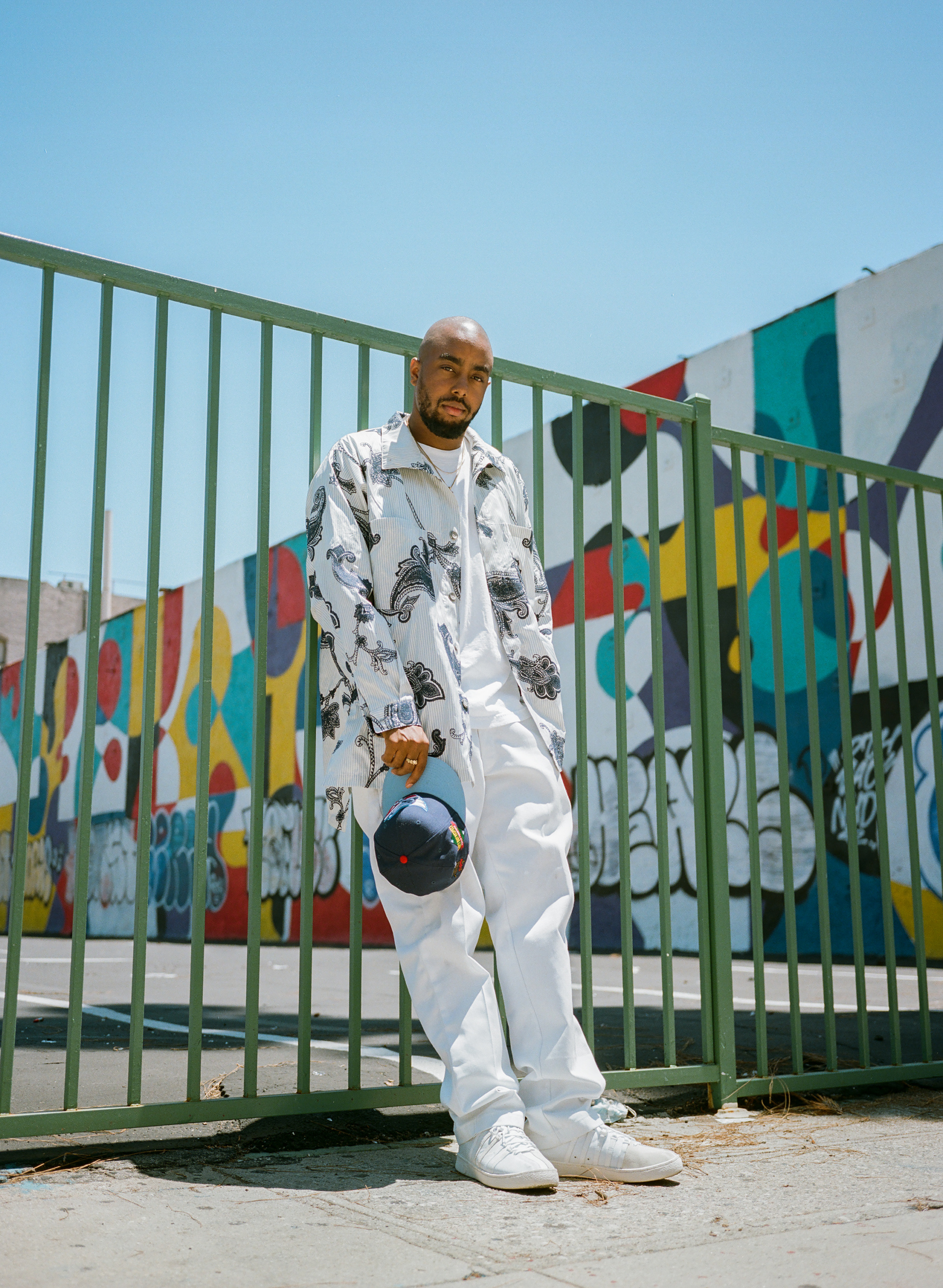
In our pre-pandemic world, streetwear was fueled by a gargantuan amount of hype, built up over the years through exclusive marketing, online forums, social media and niche publications. While publicity stunts have long been embedded in the fabric of streetwear, the reasons for why the movement first began are often eclipsed by its sometimes overzealous consumers and the flaunting behavior that comes with its culture. Bricks & Wood is aiming to bring purpose back to streetwear. Birthed in the South Central neighborhood of Los Angeles, Bricks & Wood wants to be remembered as a brand that is deeper than apparel and accessories. “I believe in something that is bigger than what I can see,” says Kacey Lynch, the brand’s founder and architect. Every product they release is created with intention and tied to a story. From their recent Terry cloth drop, dedicated to the life and impact of the late J. Scott, to a playlist inspired by fond times spent with his mother, Lynch pours every ounce of who he is and what he stands for into Bricks & Wood.
Streetwear has always been an amalgamation of multiple, formerly outsider experiences: surfing, skating, punk, Hip Hop. Like a number of commercial avenues that take from Black and Brown creativity but fail to give back and employ those who provide the inspiration, streetwear is no different. Our current political and social climate has forced many to look at the racial disparities in the industry and figure out ways to level the playing field. We have a long way to go, but one way we can continue to uplift is by supporting Black-owned fashion brands. For this segment of “Here and Now,” Maria Mora spoke with Kacey Lynch about the ethos behind Bricks & Wood.
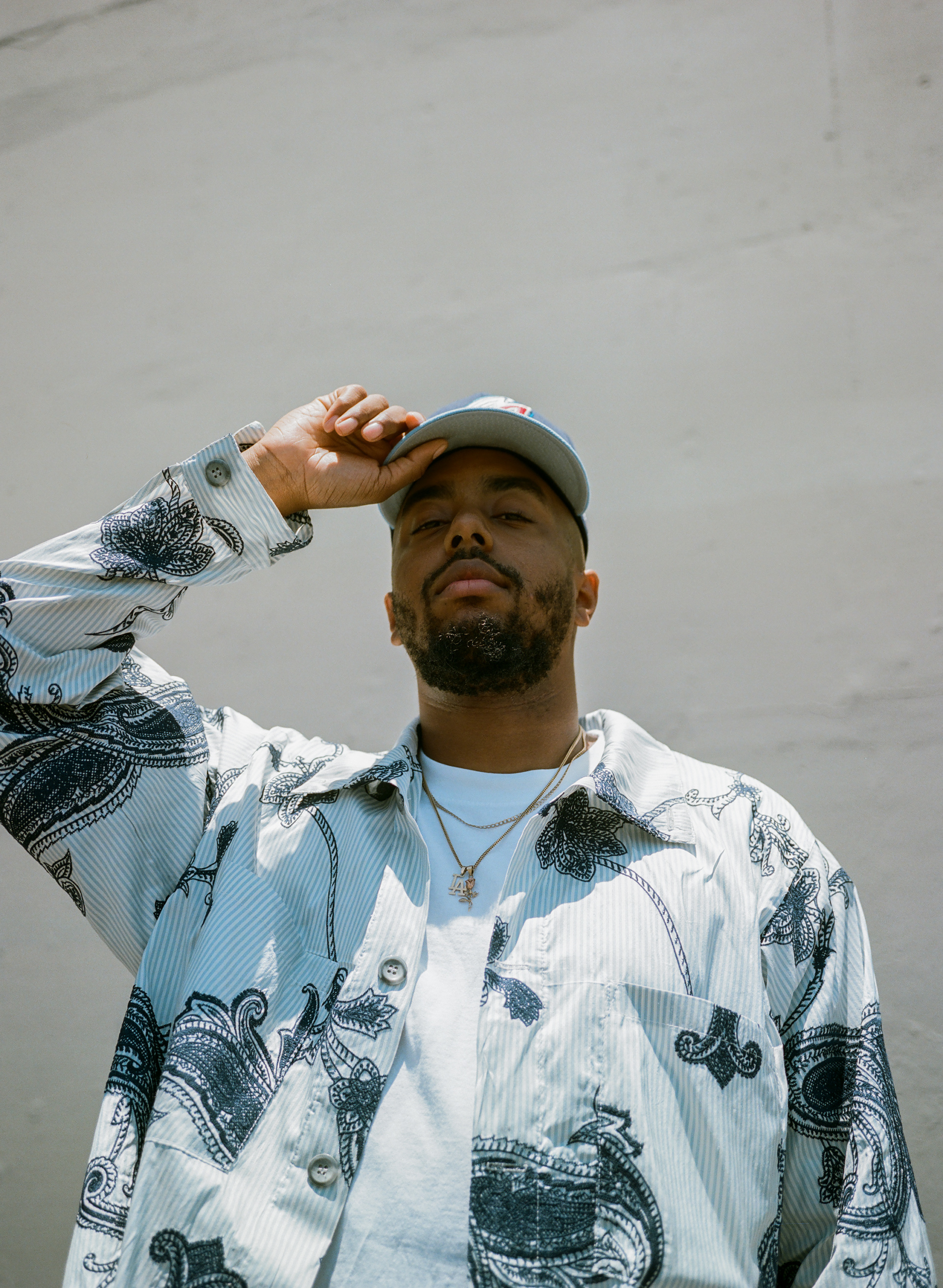
Tell us a little bit about your upbringing and the beliefs that you carry with you and the brand to this day.
I was born and raised in South Central, LA. I bounced around a little bit between my dad and mom’s houses, but that helped me gain learning tools to understand both sides to every situation. I’ve been able to find the balance in how things are from all angles. I think that’s helped me figure out the literal and figurative meaning of what Bricks & Wood is; it’s having this balance, this foundation, starting from the bottom up and having stability with what you’re doing. My parents weren’t together while I was growing up, but they were both very present. I’m very thankful for them because they put me in the middle and I think that allowed me to have more of an open mind and to be more understanding. I think it was destined for me to be the way that I am and have the company that I have and speak the way I speak because of my upbringing and the foundational purposes that I stand for. With Bricks & Wood, it’s not really about the clothes, ever. It’s about the storyline and how I got here and what I’m trying to do with it. I think that’s the goal: for people to understand what this is, rather than seeing it as “Oh, another t-shirt.” It’s deeper than that.

What was the moment for you when you realized you wanted to start your own brand?
Starting my own line was always a secondary plan for me. The initial plan was always basketball; I grew up playing basketball my whole life. There was a point in my high school career where I realized this may not be a thing, so I was like, “You know what? Let me start focusing on plan B.” I’m glad I did because it put my focus on what I’m doing now, even when I was only a junior/senior in high school. I was preparing myself and putting myself in positions to be where I’m at now. My dad was also in fashion, traveled the world and had his hands in many buckets within the industry. I was very inspired by him—seeing what he was doing and how he was able to maneuver, how he was getting the same level of respect from other peers within the industry as within the community. I think, subconsciously, I always wanted to emit this energy.
I started my first brand in high school with a bunch of friends. We made some cool shirts, sold them around. I was really passionate about what we were doing but eventually didn’t feel the need to split anything with people who weren’t putting in the same amount of work as me. I ended up branching off and doing my own thing, working with other brands.
When I started Bricks & Wood in 2014, I really wanted to create something where the name itself could stand the test of time. The name meant something: it was natural, it was organic, it was true to who I was and it was something that could last. I started off with a Tumblr page to log inspiration and figure out “What does Bricks & Wood look like? What does it feel like?” Back when I interned for brands, I was inspired by the things that were missing in the industry—for example, being able to have a cool brand, like Stüssy or The Hundreds, while also being Black and being from the culture that these companies steal from. We’ve been buying into these brands and they get richer and richer every day, but when I look around, there’s not that many Black brands at the forefront of the industry. What’s better than being from the culture, being Black, and giving you content that means something? I knew a Black face was missing from the industry. I knew a Black owner was missing from the industry. And I also think there was a gap in terms of being a part of the culture in a real way, not just as a fan.
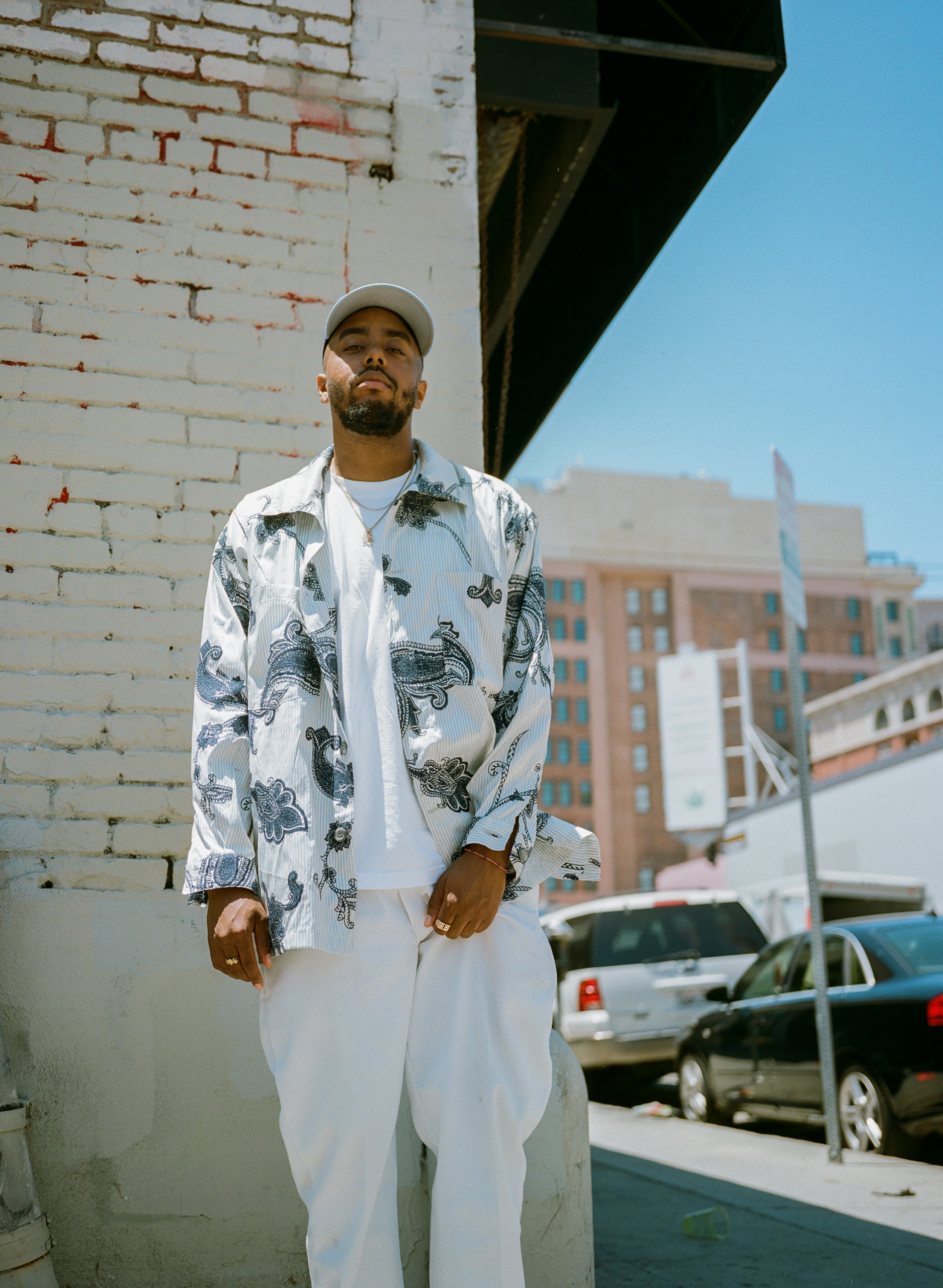
So actually contributing?
Exactly. So I figured I’d take these needs and build around them. On the operational side, what Bricks & Wood has become has always been about filling in those gaps. What are people not doing? What are people not saying? What does the industry not look like? I think that’s where my transparency comes from and how I speak or talk through the brand.
Community has become crucial to Bricks & Wood and something that’s very important to you as the brand owner. What are some things you do to continue to foster that community?
I communicate directly with people in the community who I know are movers and shakers as well as those who I try to be a direct resource for. A lot of the time, I try to be a helping hand; I don’t have to be the loudest in the room. It’s always been more about how I can be effective. I think my purpose is to be a messenger and by that, I mean letting people know and giving insight into things they might not see. The way I see things is more spiritual, a bit like foreshadowing. What’s jaded us from what the future might hold? We’re so stuck on doing this and this right now, but how effective is this going to be if it just ends here? If you read between the lines, if you look deep enough, you’ll see where I’m being very effective on the backend. I’m there, I’m talking, I’m making points, I’m getting things across, I’m getting things done, I’m paying for things, I’m donating, I’m doing all of these little things.
There are things that the community wants and there are things that the community needs. A lot of times, people don’t understand what they need because they’re so stuck. If you don’t try to step outside of the box, you won’t grow and that’s something I’ve noticed within my community. We tend to get stuck in mediocrity and we’re just like, “Okay, whatever you have right here is perfect,” which is true, but how do we upgrade? How do we make it better? How do we grow? How do we get out of the cycles of these conditioned mindsets that we have? It’s not just about giving people what they want. How about we educate them? How about we explain to them why this shirt or why this beanie cost X amount of money—what type of fabric do we use? That keeps the mind going and you begin to see things differently.
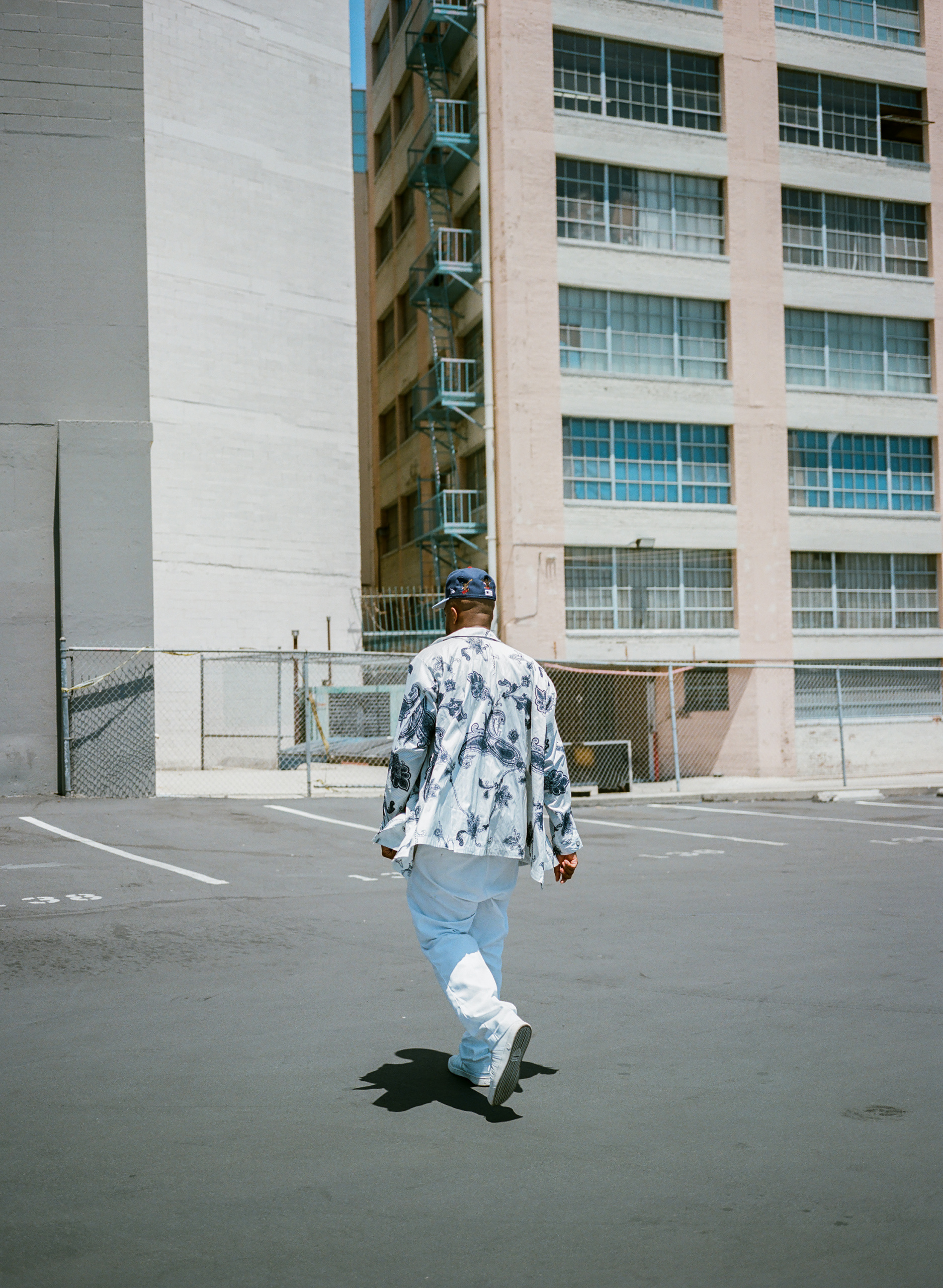
One of the core pillars in streetwear is authenticity. How do you stay true to yourself?
I think it really ties to who I am as a person and what I believe in through my spirit. I believe in something that’s bigger than what I can see. I get inspired by things I stand behind and that’s truly something bigger than what I can ever explain. It’s something that you just have to feel. I don’t look at other brands for inspiration; even though I’m inspired by other brands and what they do, when I see something cool, I always ask myself, “What were they thinking? What triggered them to think that this was cool and that this made sense?” I’m inspired by the process rather than the result. Personally, I try to tap into those feelings. I ask myself, “What are my moments of this is a good idea or what got me there?” Those moments are what bring me my “good ideas.”
It’s one thing to have a good idea, but it’s another thing to be able to explain your good idea. I held on to the first Bricks & Wood T-shirt idea for a whole year before I put it out. I thought it’s cool, it’s dope, but how can I tell a story with it? I sat on it for a year until I could figure out the best story possible. I let it come to me; I didn’t try to force it. It was an experience in the production phase that brought me to that “aha” moment. From that point forward, that became the true DNA of Bricks & Wood: standing behind the story and the process before I stand behind a good design. It’s all a sequence for me; it’s part of the process, it’s part of the marketing. That’s how I keep the authenticity of the brand, because it’s from a real true space in my mind, body and soul.
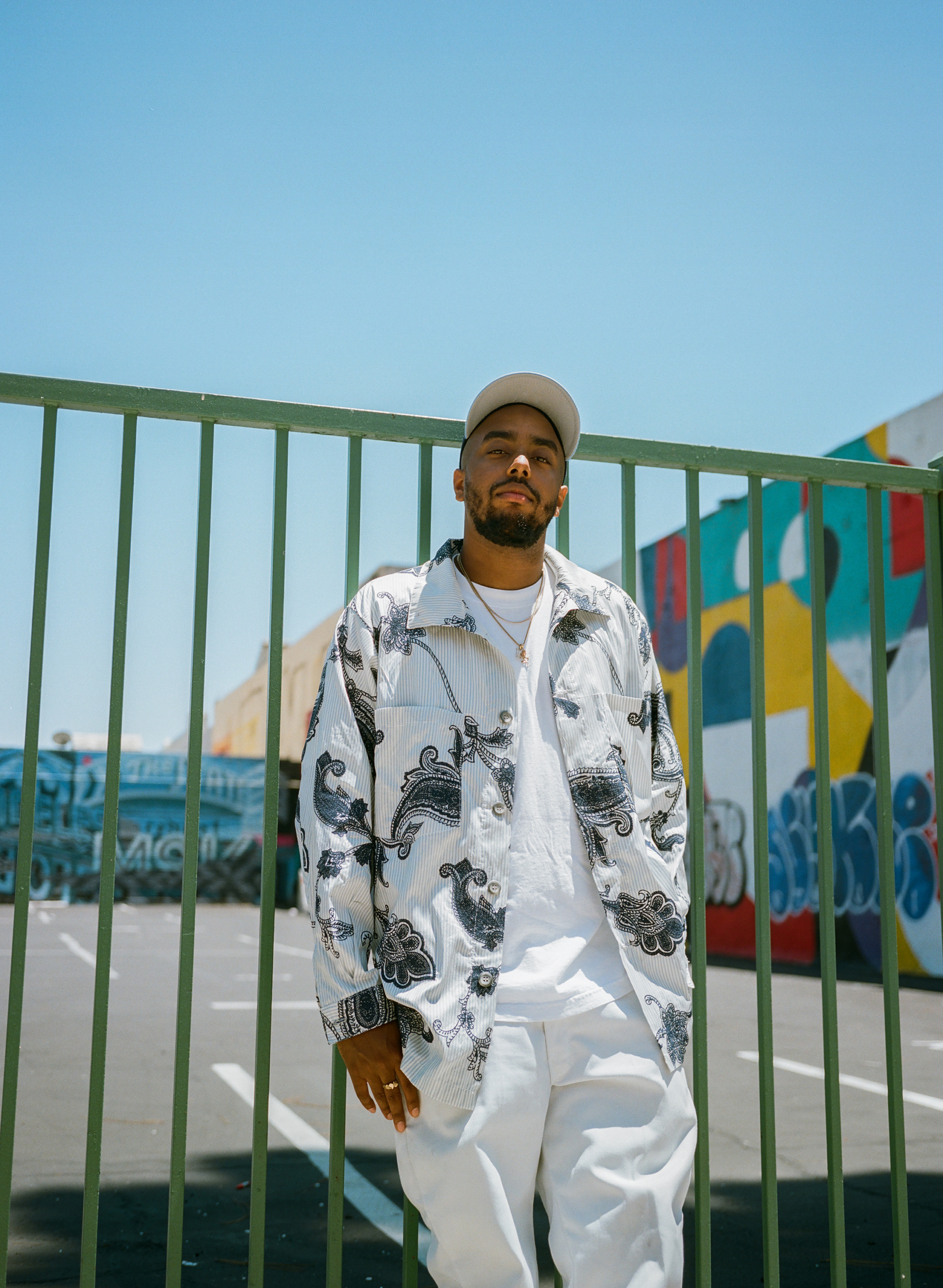
How important is it for you to lead a morally responsible brand?
Responsibility is important because it showcases that it’s so much bigger than just a T-shirt, it’s so much bigger than a product. I think what’s most important about a person being excited to buy a T-shirt is the emotions that come with it, rather than just the shirt. I think it has to do with how this product makes you feel, whether that’s joy, confidence or just feeling fly. I think all of the emotions that this shirt brings make it bigger than just a shirt. I think it’s important to create storylines because I want people to feel a certain way about my product. If you understand how I am, if you understand how I treat my money, it’s an investment. I make sure that there’s a sense of morality behind what I do because I understand those feelings that come with buying a product. It’s about making people feel like they’re a part of something bigger than what they bought, and demonstrating to them that they’re buying into something responsible.


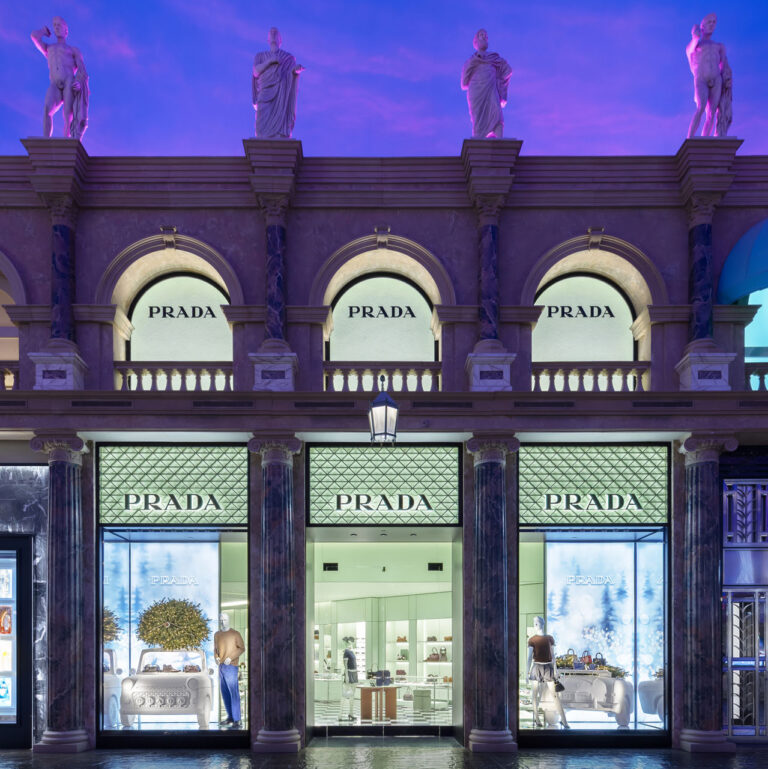


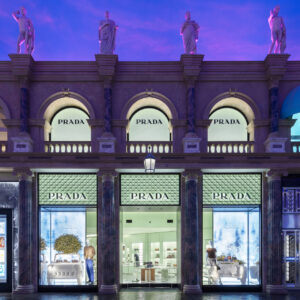
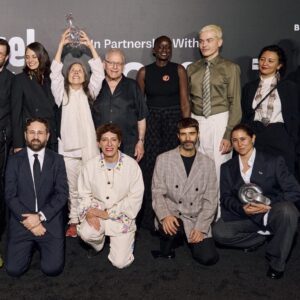



 in your life?
in your life?

